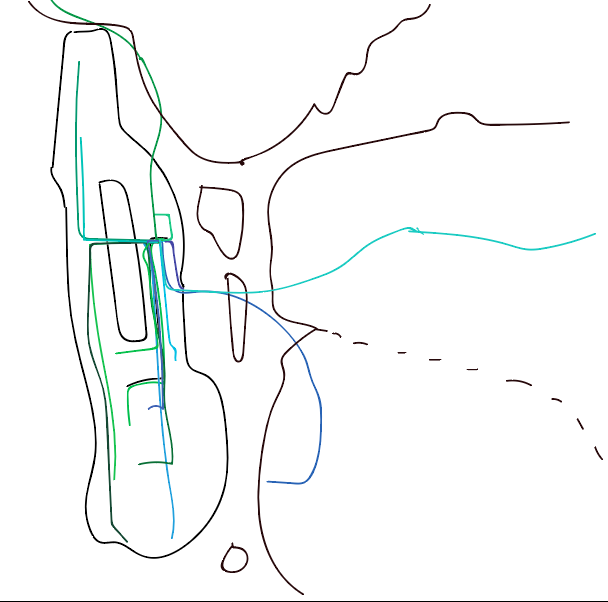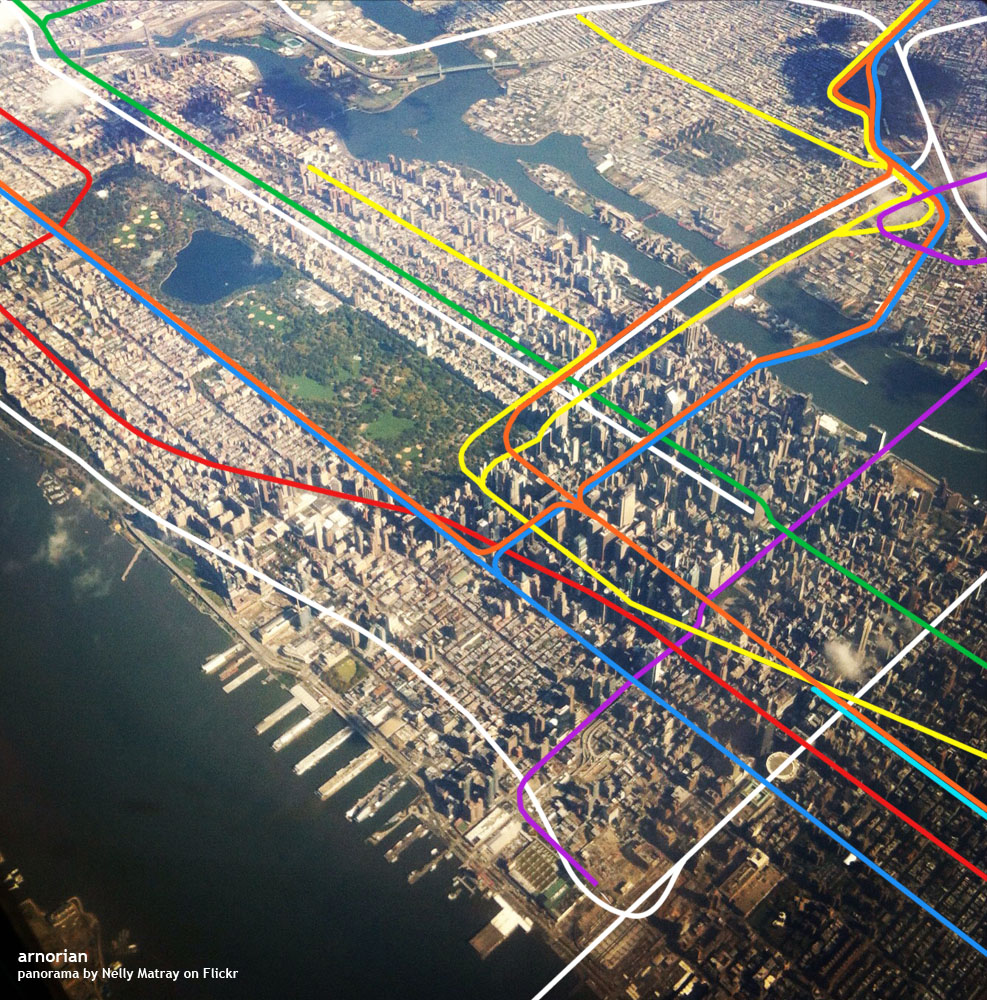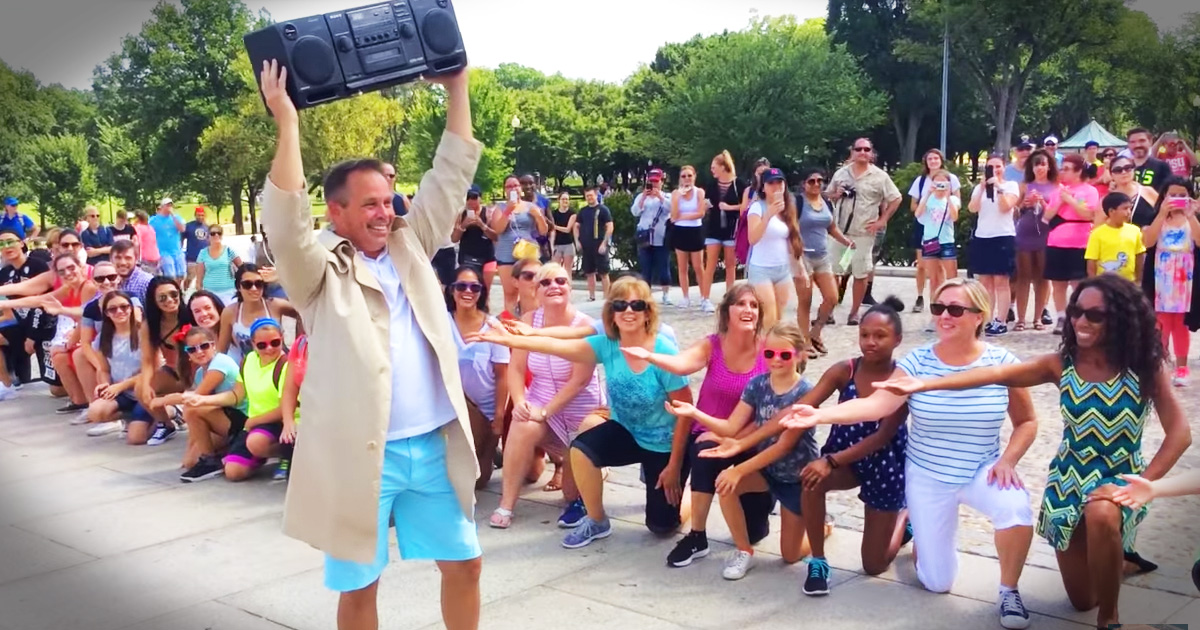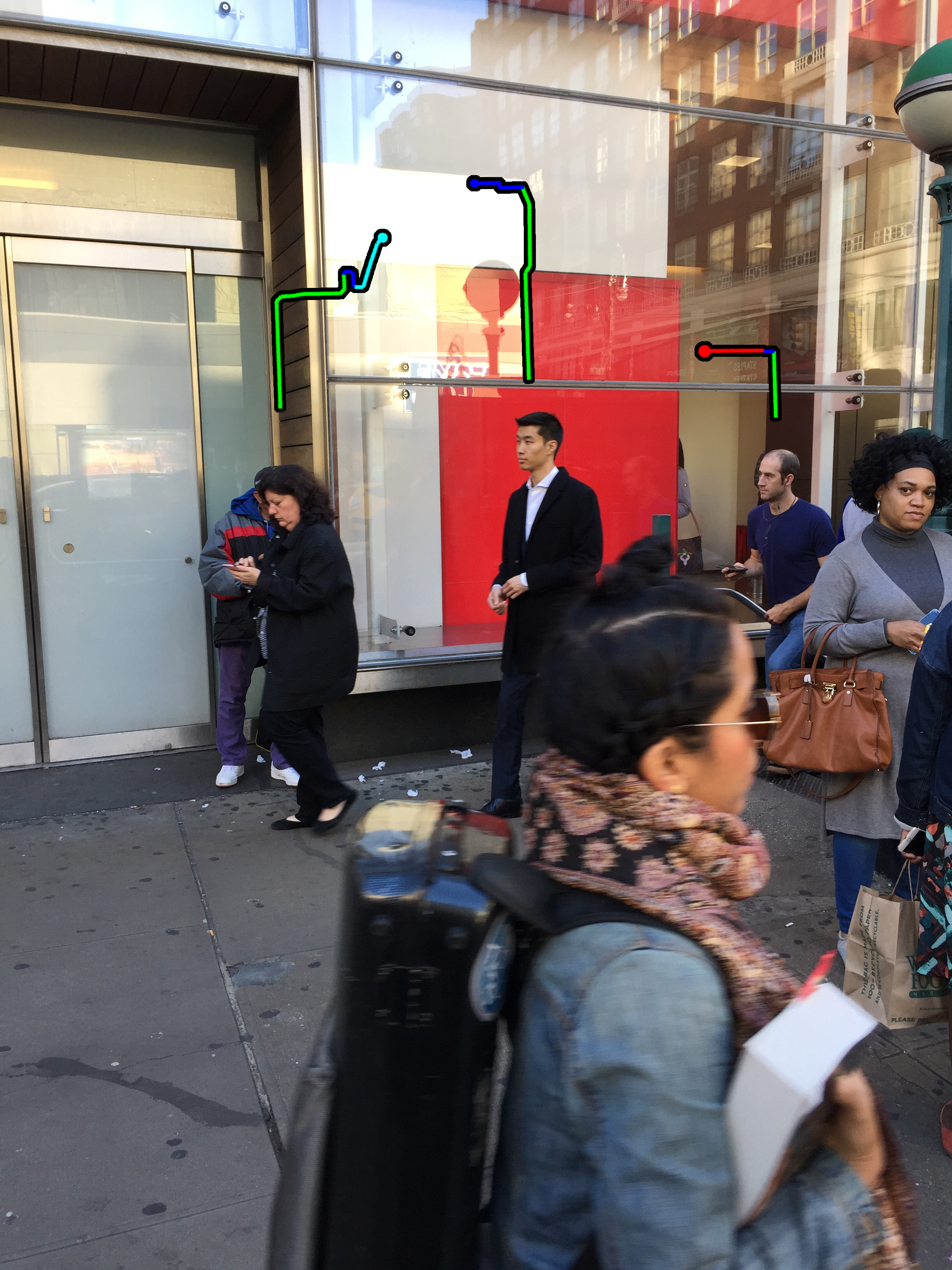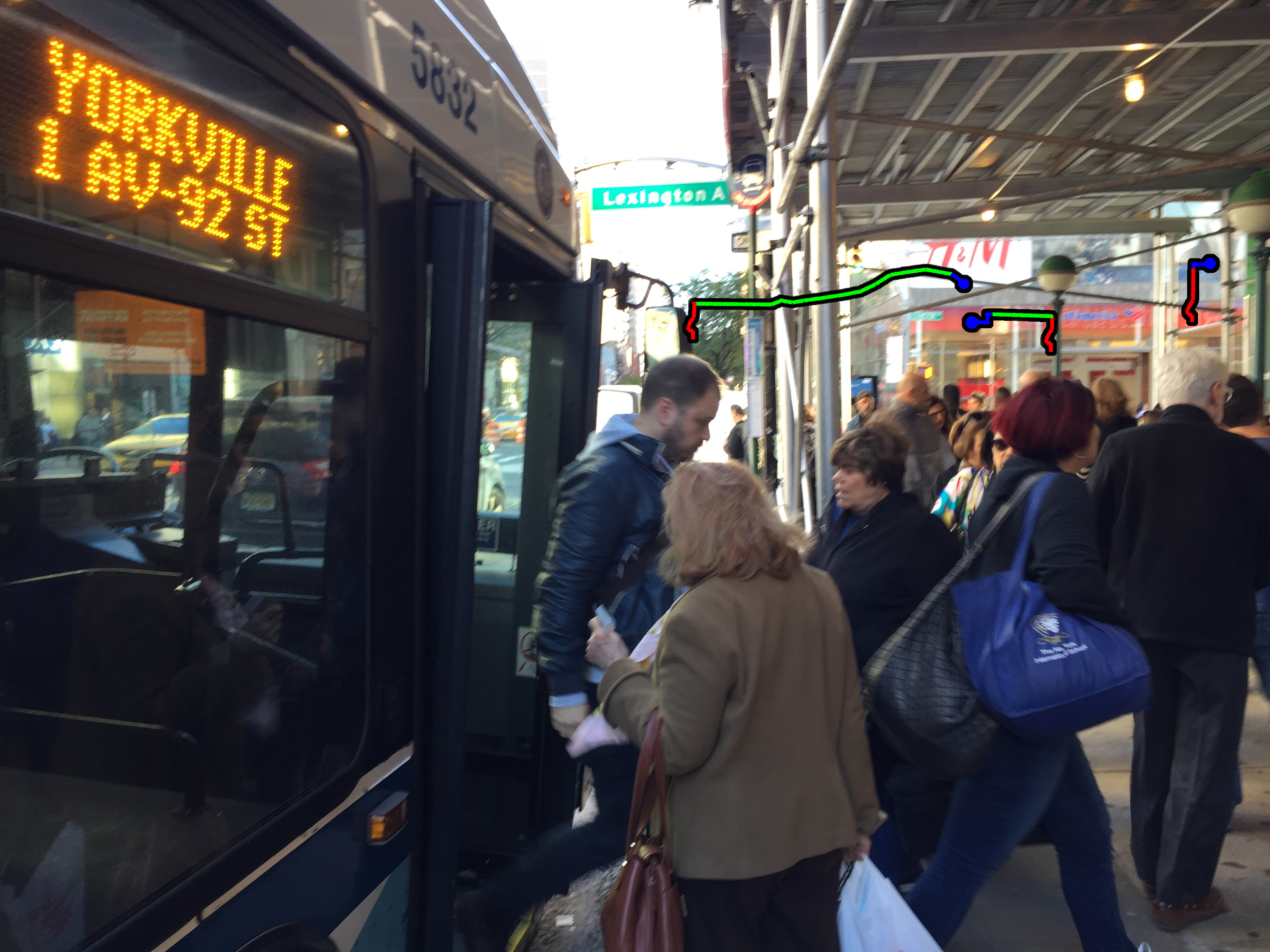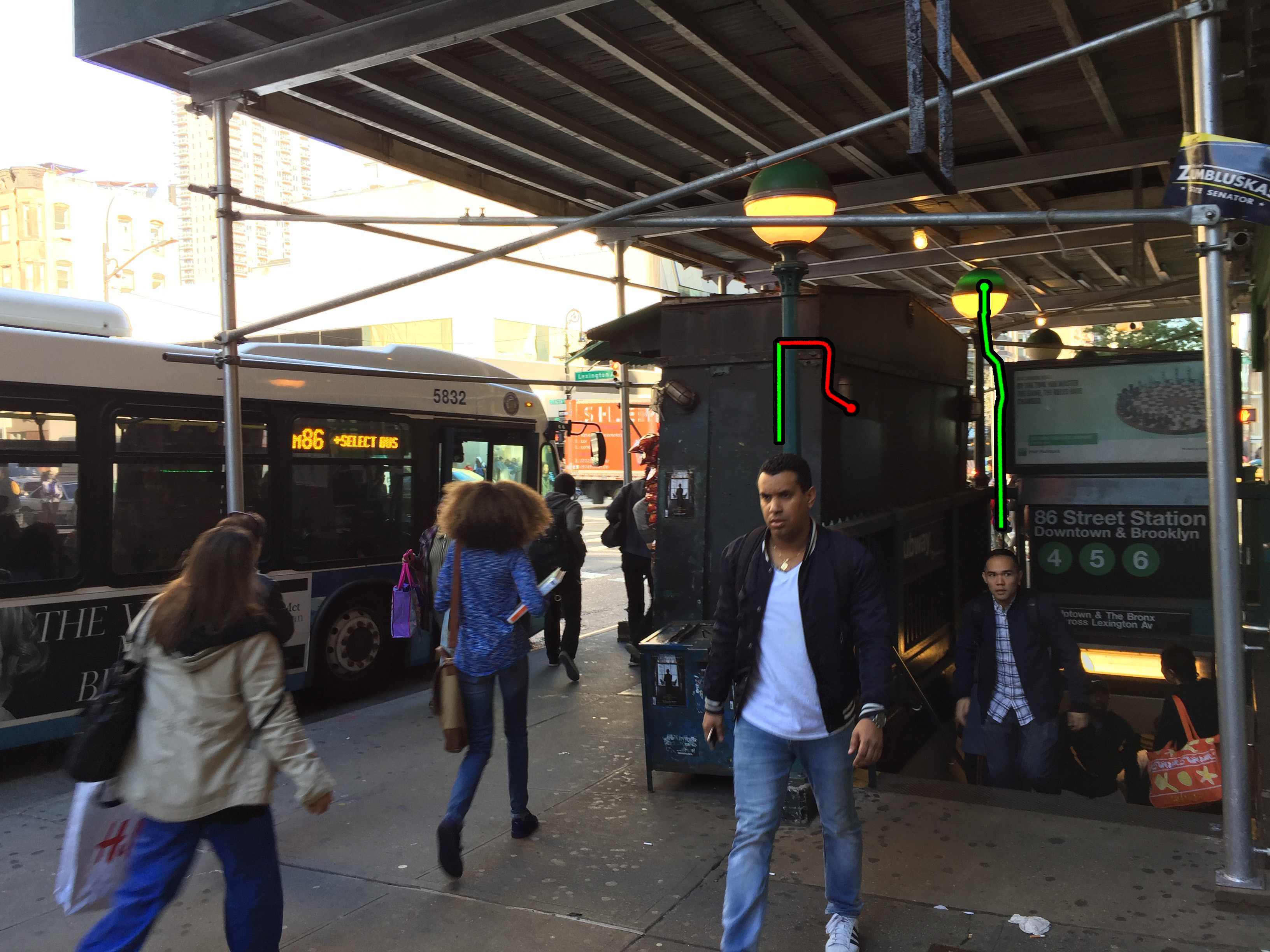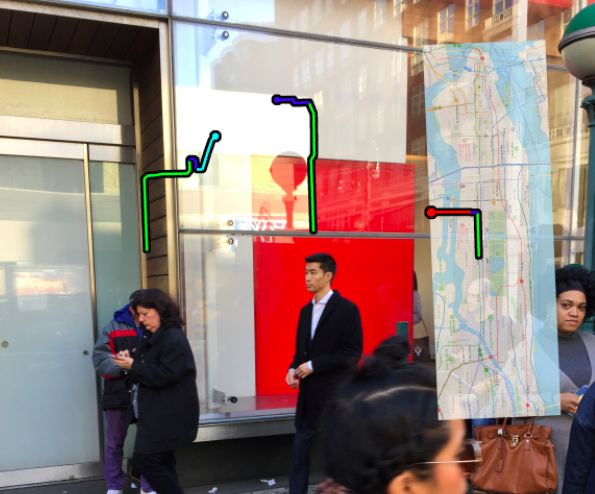As I mentioned in my previous post for my Art strategies final project I wanted to continue working with systems art and traffic routes. In this case we were also asked to consider a critical use of spectacle in our work.

In my mind Times Square stands out as an intentional spectacle. To millions (billions?) of people this place and the image of it represent New York City. However if New York City is a spectacle in in itself, as I believe, TSQ is a fairly poor representation of that. My goal with this final project was to make a sort of Times Square-esq spectacle out of the lives of real individuals who live here. To make a truer representation of NYC. To make the case that the city itself, and the people and places who make it are where attention should be paid, rather than the baubles set up for visitors.
Basically, I wanted big lights for the big city that said something other than “buy American apparel” and “share this with your friends”.
The final vision for this project entails a large canvas that moves to various buildings/locations throughout the city and documents the travels of regular visitors/residents. At each location a map of New York is projected onto the canvas and the various destinations and routes are traced in EL wire (or some equivalent lighting technology). Hopefully this can be displayed in a common area, like a lobby, as that buildings routes are being added. As the canvas moves to new locations in different neighborhoods the routes begin to crisscross and pile up, creating a realistic representation of density and interconnectedness of otherwise disparate personal paths. Ideally each origin point (where the work is temproraily displayed) and it’s respective routes would be represented in a different color so that they are distinguishable across the map. Each line would also be set on a timer to light up at the rough start time of each commute/journey, stay on for the usual duration of this trip, and then turn off. This creates a cyclical, blinking, light up board that creates a similar visual effect to TSQ advertisements.
Here is an image of the prototype (no blinking yet):
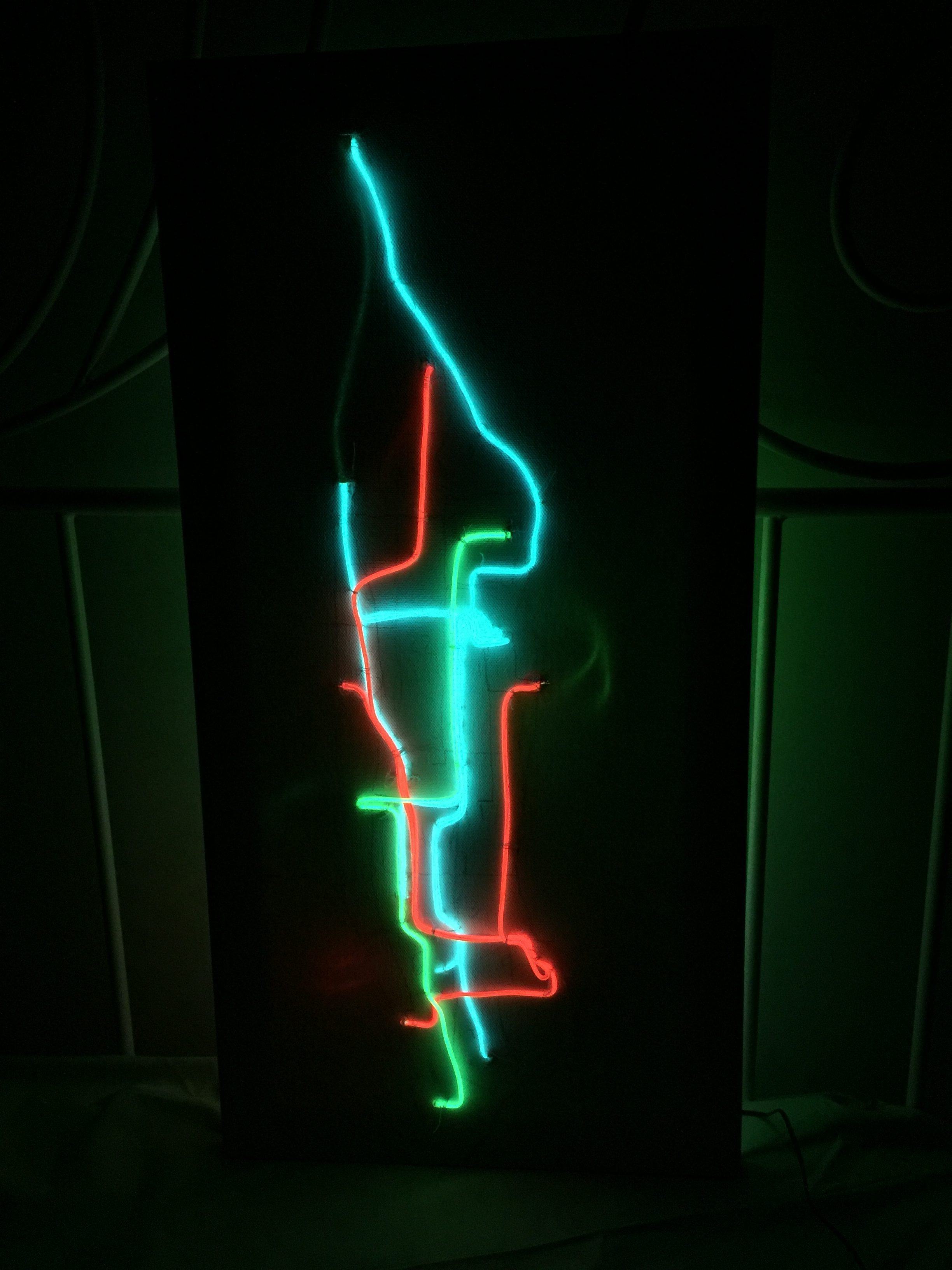
The piece would stop traveling to different buildings and neighborhoods once a map/image of New York is easily recognizable through EL wire alone.
A major concern with this work was making sure I use a system to select which buildings I would set this up in, and what order. At this point I think It would visit and map from buildings in each of the city’s 59 community districts (which roughly correlate with neighborhoods) and the order of these would be selected randomly. Within each neighborhood I think I would try to identify buildings that are within the median height, use and age for the neighborhood and find property owners or residents from that list that would be accommodating. Basically I want to work in a typical building for each neighborhood. I would then trace the paths of as many people as volunteer within each building, I may also pay participants for their involvement.
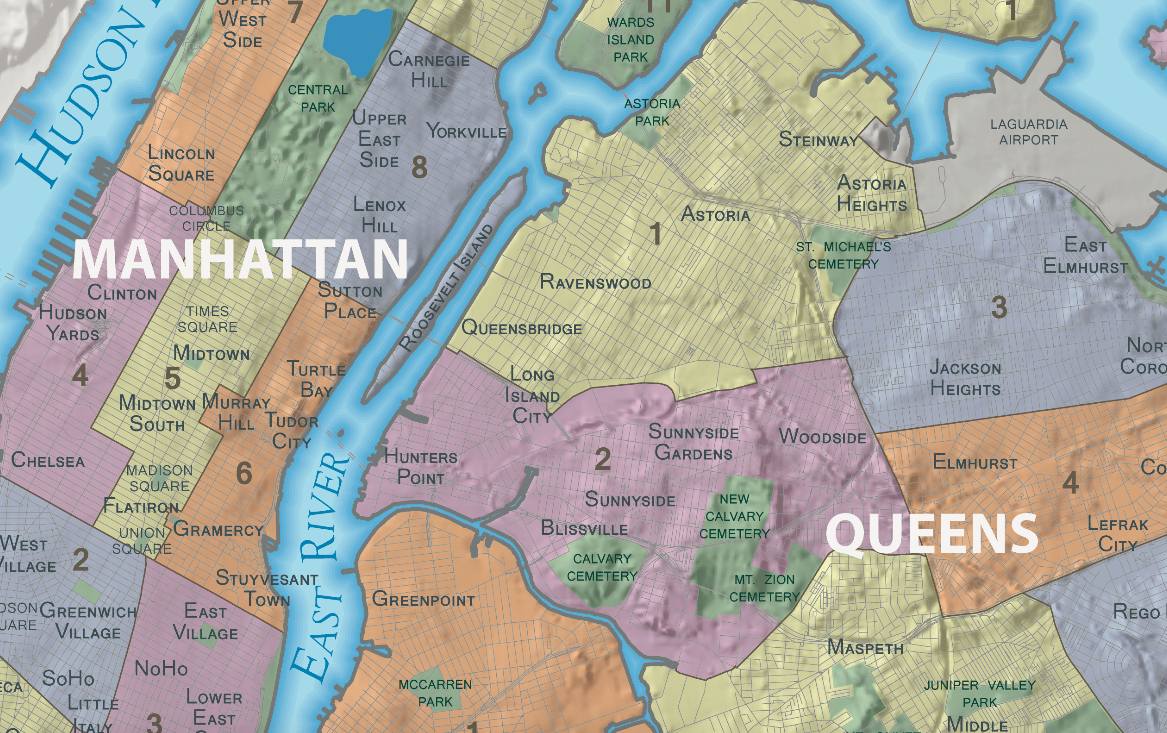
Ultimately I think this map will include trips to work, school, grocery stores and doctors offices and will involve a wide enough spectrum of people to be familiar to the vast majority of NYers. The process of this work can also be repeated with different building selection, cities, and should be relatively easy for an “unskilled” person to complete so theres a lot of opportunity for iteration in this work. I like this project because it literally highlights the ways in which mundane individual decisions, together, build the tremendous spectacle of The City.
